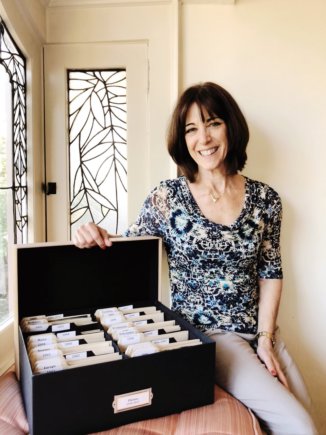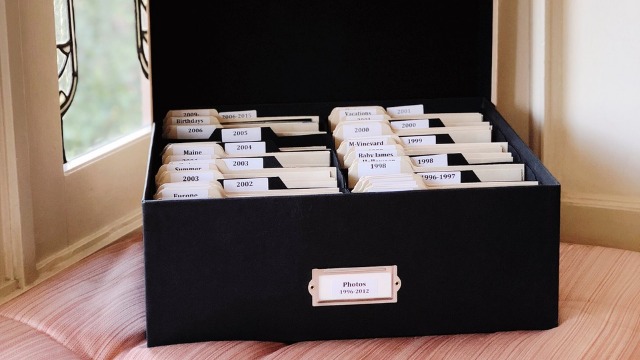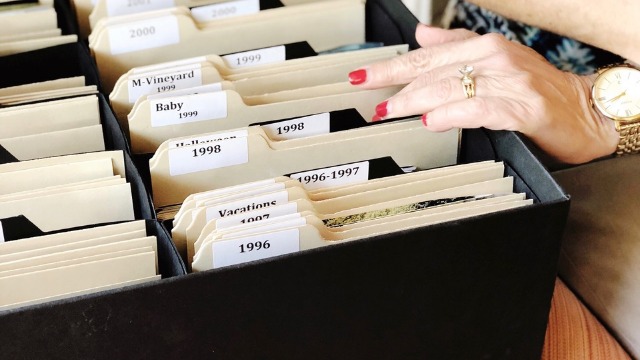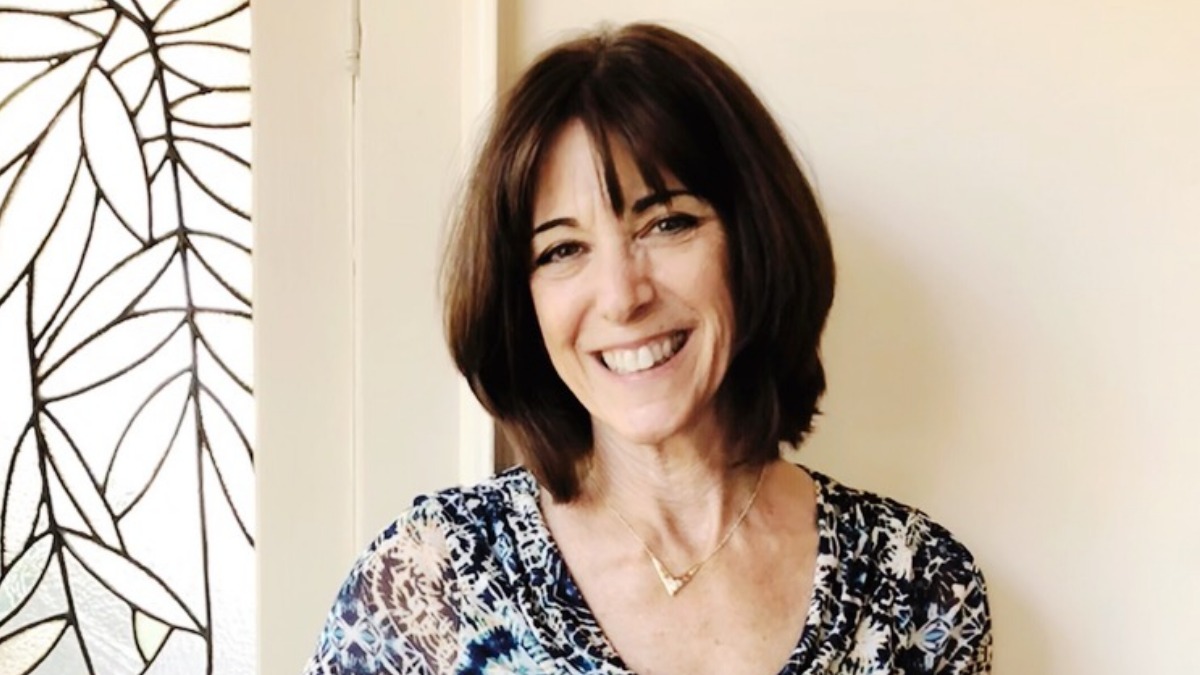Nixplay has partnered with the Association of Personal Photo Organizers (APPO) for the Save Your Photos initiative, a public service outreach campaign that teaches individuals how they can preserve life’s irreplaceable photos, videos, and documents in case of an unforeseen accident or disaster. Visit the Save Your Photos website for more information.
We’re ending Save Your Photos Month on a high note with an exclusive interview with Nancy McFarland, the woman behind SoCal Photo Solutions and a founding member of the Association of Personal Photo Organizers (APPO). Nancy has been a professional photo organizer since 1995, and she can be counted on to help you tell your unique family stories through your photos, videos, and other memorabilia. Whether you’re thinking of starting a career as a professional photo organizer or just want to learn how to organize your images in a better way, you’ll definitely learn a lot from Nancy. Read on!
How did you become a professional photo organizer?
“Very good question. I had a scrapbooking business—many people started this way. I found that my favorite thing to do was to help people get their photos organized in order to get them into the album, and I would help them for hours and hours for free.
And I realized that that was the part of my job that was really the most significant, and which I had the most talent at. I started charging for that service, and I found this little niche that I’m very good at.”

What is your photo organization process?
“The first step would be to gather all the photos into a central location because most people have photos all over the place. They have it in the closet, in the drawer. So the process from there would be getting rid of the doubles. They all have photos of, say, a baby, and they take ten pictures of the same baby. It’s about getting all the extraneous photos to get to the most important ones that you care about, that are worth saving, preserving, and enjoying.
Then comes the organization part, and that is so personal to whoever I’m working with. Some people think chronologically, year by year, and some people want them organized by child or by theme, which is really much easier to do with a large collection. Like, here are all the Christmas pictures. Here are all the birthday pictures. Here are all the ancestors. Do a very broad sweep and not focus on the details. So you can get through to all of them.

I like to find out from my clients where they would think to look for the photo. For a picture of a vacation that she took in Italy with her husband, is this going to go in the year wherein they visited Italy? Is this going to go in a separate travel section, and then Italy? So if she needs that picture, she can find it quickly.
The next step is answering how they plan to enjoy their photos. Scanning is a process that we do here, and we do it in-house. So it’s up to the people to send it out, but we have all the scanners and facilities to do that here. And we have lots of different scanners. We have slide scanners, and we have high-speed photoscanners, we have scanners that can do larger photos, and stitching programs for if they have scrolls or very large photos. You can scan into smaller pieces and stitch them together so it looks like a line.
Now, what do they want to do with the scanned photos? That’s where Nixplay comes in, so now they can enjoy the photos on a digital frame they can look at anytime. It’s one thing to scan them and put them on a flash drive, but enjoying them is another matter.
What’s the most challenging part of your job?
“It’s very focused, and I really can only focus for three or four hours. After three to four hours, you see the clients’ eyes rolling back in their heads. Ýou can’t do it for eight to 10 hours a day. You have to take a break, you have to step away. I guess that’s the most difficult. It’s very focused and concentrated, and so it requires all your concentration and energy, so you can’t do it for that long all a time.
What’s the most fulfilling project you’ve managed?
“So I organized this woman’s photos of her and her children, and then she brought out the heritage photos and she didn’t know who the people were. And so she brought her mother in to help us. Her mother lives in an assisted living home, and she kind of apologized beforehand since her mother was becoming forgetful. But we had the best time. We got to chat and she told us stories about her boyfriends and her childhood, stories that my client had never heard before.

While she was looking at the pictures, it was just spurring all these memories that came up. Maybe she couldn’t even remember if she had breakfast that day, but pictures go to a different part of your brain. The long-term memory is not in the same place as your short-term memory, so people with Alzheimer’s, who have memory loss—she remembered her address from childhood. So it was amazing. When we were done, my client called me up the next day, and she told me, ‘I have not had that much fun with my mom in so many years.” That was just really memorable, special to me.”
What’s your advice to people who’d like to start organizing their own photos?
“The hardest thing about the whole process is to just start because most people say it’s a ‘someday’ project. They say, ‘oh, I meant to do this someday.’ So I think the most important step would be to start.
It doesn’t really matter how you start. You don’t have to start at any timeframe. Pick a box, any box. If you happen to know your most important pictures, that would be the best. Pick out the milestone pictures first. If you happen to know where those are, great! If not, just start.”
Interview has been edited for brevity.
Nancy McFarland, founder of SoCal Photo Solutions has 25 years’ experience working with people who are overwhelmed with their printed & digital photo chaos. She organizes, digitizes and archives family photo collections offering personalized photo solutions for creating a family legacy.









